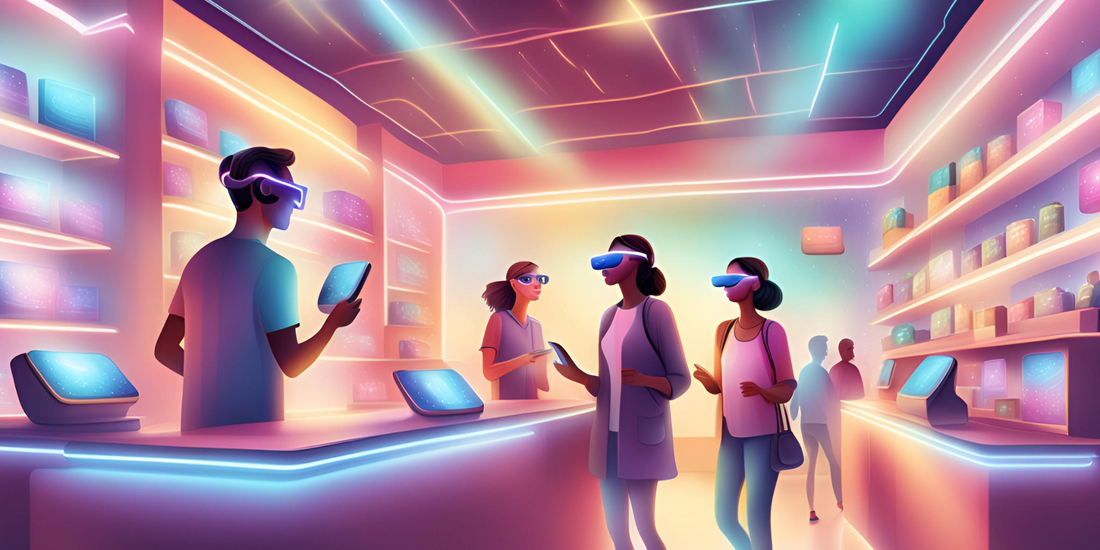
Try Before You Buy: The Impact of AR on Retail
Share
Shopping is changing dramatically due to new technologies and shifting consumer habits. One exciting innovation leading this transformation is Augmented Reality (AR). With AR's "Try Before You Buy" feature, customers can now see how products look or fit without actually touching them, blending online and in-store shopping experiences. This article explores how AR is revolutionizing retail, highlighting its advantages, real-world applications, and impact on the industry.
What is Augmented Reality (AR) in Retail?
Augmented Reality (AR) combines the digital and physical worlds, making shopping more exciting. With AR, you can interact with products virtually, seeing how they'd look in your own space without having to physically touch them. This technology lets you visualize products at home, try them on virtually, and explore features and details up close, making shopping easier and more fun.
The Rise of Try Before You Buy (TBYB)
Try Before You Buy" (TBYB), powered by Augmented Reality (AR), has changed the way we shop. By letting customers try products virtually, retailers can reduce returns, make customers happier, build loyalty, and boost sales. This means shoppers can make informed purchases, and retailers benefit from fewer returns and more satisfied customers.
Benefits of AR in Retail
Augmented Reality (AR) benefits retailers in six key ways:
- More Sales: AR helps customers make informed decisions, leading to higher sales.
- Fewer Returns: Virtual try-ons reduce physical returns, saving time and resources.
- Happy Customers: AR creates an immersive shopping experience, building brand loyalty.
- Stand Out: Early adopters gain a competitive edge in the market.
- Valuable Insights: AR analytics provide data on customer behavior, informing product development and marketing.
- Cost Savings: AR reduces product photography costs and streamlines inventory management.
Applications of AR in Retail
Augmented Reality (AR) enhances shopping experiences in five key industries:
- Clothing and Fashion: Try on virtual outfits, get size advice, and discover styles.
- Beauty and Makeup: Virtually try makeup, analyze skin, and find perfect products.
- Home Furniture: Visualize furniture in your space, plan rooms, and check sizes.
- Electronics: Interactive demos, explore features, and compare products.
- Luxury Shopping: Exclusive, immersive experiences for high-end products.
Using Augmented Reality (AR) in retail comes with four key challenges:
- Technical Issues: Combining AR with existing systems can be complicated.
- Creating Content: Making high-quality AR content for products is time-consuming.
- Customer Understanding: Teaching customers about AR benefits and how to use it.
- Cost: Creating and maintaining AR experiences requires significant investment.
Future of AR in Retail
Better AR quality with sharper graphics and faster performance, more industries and people using AR, personalized experiences tailored to our individual preferences, and seamless AR experiences whether we're shopping online or in-store. This means AR will become more widespread, intuitive, and relevant, changing the way we shop, learn, and interact with the world around us.
Conclusion
Augmented Reality (AR) is changing retail forever! It creates engaging experiences that boost sales, satisfaction, and loyalty. As AR improves, retailers will find even more innovative ways to use it. To stay ahead, retailers must invest in AR, enhancing customer experiences and driving growth. By letting customers "Try Before They Buy" with AR, retailers can increase engagement, sales, and revenue, unlocking exciting new opportunities.